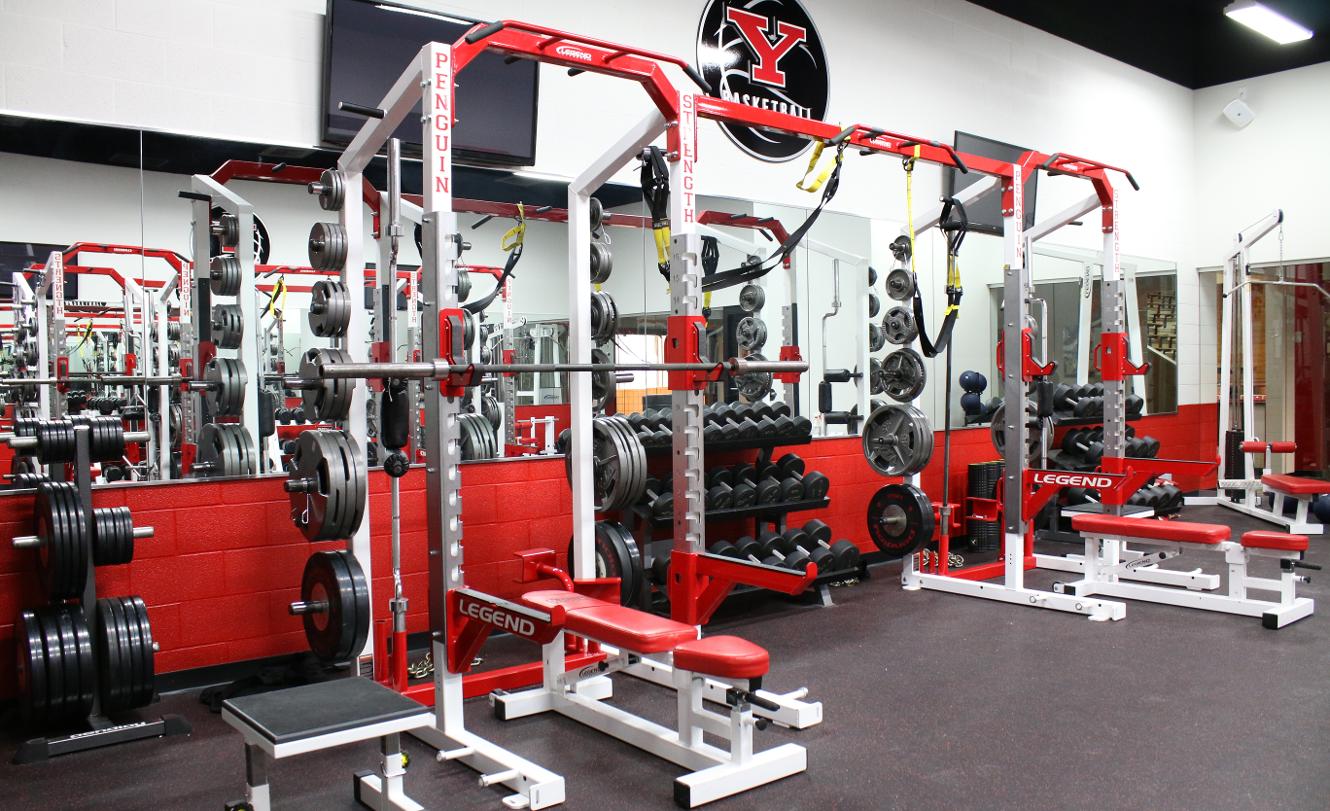Making "Transfer" a Core Component of Your Training Philosophy
As a strength and conditioning coach we are often asked, “What is your coaching philosophy?” Often I hear coaches respond, “injury prevention” or “preparing the athlete for the physical demands of the sport." While that may sound sufficient, I believe we can define our philosophies better than that. For some, a personal training philosophy may entail implementing a miracle exercise or training related to a specific sport. From my perspective, however, it is something totally different.
Recently, I was watching the movie “Miracle” with Kurt Russell. For those who have not seen this movie it is fantastic film about the 1980 U.S. Hockey Olympic hockey team claiming victory over the more experienced Soviet Union Hockey team. At the beginning of the movie, Head Coach Herb Brooks is hired to be the coach for the U.S. Hockey Team. Initially, he reduces the weekly tryouts into one day already knowing which players he wants to select. The U.S. Olympic Committee, furious about not having a voice in the selection process, responds that some of the players being selected were not the best and that he should choose players that were already accomplished at another school or were experienced. The committee wanted players with experience, but for Herb Brooks, he wanted the players that could physically and mentally handle the grueling process of playing a physically dominant opponent. Brooks' practices may have exceeded what some strength coaches today would deem obsolete mental toughness training but something was at play here.
Yes, the team was gaining mental toughness through intense conditioning, but what Coach Herb Brooks was really doing with his coaching strategies was preparing his players to handle the physical demands of playing against the Soviet Union Hockey team. Brooks knew what it would take for his team to be able to skate and compete with the Soviets, which is why he incorporated a high amount of volume and intensity in his team’s conditioning.
In my opinion, the job of the Strength and Conditioning Coach is to prepare their athletes bodies to handle the physical demands of the sport. Creating this resistance to the stress of their sport (physiological and biomechanical) is also critical to mitigating injury. If the athlete is conditioned enough to handle training volume, then they will not have a drastic response to the training on that day.
Recently, there has been a trend in technology to allow a coach to better understand practice metrics from a conditioning standpoint. It can quantify what an athlete has done over a given period of time, say the past 4, 7, 14 or 21 days (i.e. chronic load) and allows us to have a better understanding of what our athletes can tolerate today, tomorrow or 7 days from now. This can allow us to educate sport coaches to understand the importance of these metrics and communicate how important it is to develop a tolerance for a certain level of chronic load before introducing higher volume and or intense activities.
For strength coaches, if a sport coach starts preseason practice at the highest volume and intensity the team will see the entire season, you must prepare the athlete for that type of training load. Additionally, GPS and or HR data can help start a conversation about how the sport coach can better plan preseason. For instance, a strength can use the data to show team worked the equivalent of playing 4 games in 7 days the first week of pre-season. Being able to put the data into context this way allows for a reasonable conversation about how athletes can practice more safely and effectively. As a side note my experience at Rutgers has shown that training volume, not training intensity, is most commonly the limiting factor when it comes to preparing the athlete to handle the sport.
When preparing my collegiate field hockey team for the physical demands of competition, the context includes the fact that each athlete will run approximately 7000-8000 yards in total distance in per game, of which, 800-1000 yards will be at a high intensity and high-speed intervals. To sustain this level of activity, their bodies need to be able to handle multiple days of that type of high intensity and high speed training volume.

In other words, our performance staff knows the "answers to the test." In one week the team will run an estimated 31,831 yards of total distance and 3,281 at a high intensity/high speed running. Knowing this, the staff begins the summer at a lower percentage of volume - for example, 60% of that weekly number - and then progress onto 70%, 80%, etc. week by week to condition them to sustain that level of intensity.
This should seem similar to the training periodization in the weight room as a linear scheme, undulated model, or step model. I would also suggest implementing a MAS (Maximum Aerobic Speed) type of running based off a 30-15 test score. This may be the best way to help individualize conditioning but also confirms the athlete is accomplishing the training volume they need.
There is a reality that many strength coaches do not have access to tools such as GPS or heart rate monitors. However, there are many creative tools that can accomplish the same result. For example, consider measuring the average time an athlete runs or moves during a game.

Using this table as a guideline can compare how often "high running speed" and "low speed running" is needed to be completed during conditioning. With this data, we can use 90% the MAS max and multiply it by the total time. This is an example of how to calculate the athlete’s total volume, as per the example below.
For example:
Soccer player plays 40 minutes = 2400Seconds
Soccer Player’s MAS Max = 4.45 * 90% = 4 yards/ Second
2400 seconds * 4 yards (90% MAS Max) = 9600 total yard ran
Take the 9600yards * 14% = 1344yds of high-speed running
With this information, a coach can create a balance of high-speed and high-intensity conditioning workout that will assure the athlete will peak at the right time during the game.
For coaches fortunate enough to have GPS data, below is a list of how we prescribe conditioning for the Field Hockey team this past summer:
Week 1: 70% of Weekly Training Volume
Week 2: 75% of Weekly Training Volume
Week 3: 80% of Weekly Training Volume
Week 4: Deload 50% of Weekly Training Volume
Week 5: 80% of Weekly Training Volume
Week 6: 85% of Weekly Training Volume
Week 7: 90% of Weekly Training Volume
Week 8: Deload 55% of Weekly Training Volume
Week 9: 85% of Weekly Training Volume
Week 10: 90% of Weekly Training Volume
Week 11: 95% of Weekly Training Volume
In conclusion, it does not matter if a coach is Coach Herb Brooks training an Olympic Team, a college coach or a part-time high school strength coach, it all comes down to understanding the specific demands of different energy systems within a sport. Building a personal training philosophy with this understanding will result in more effective and healthier competitions, but also increased performance over the span of the competitive season and post-season.
Subscribe to our blog
Subscribe to receive the latest blog posts to your inbox every week.
Related posts
Omni Contraction Training: Comprehensive Periodization

Force Plates 101: How We've Implemented Technology to Supplement Programming

